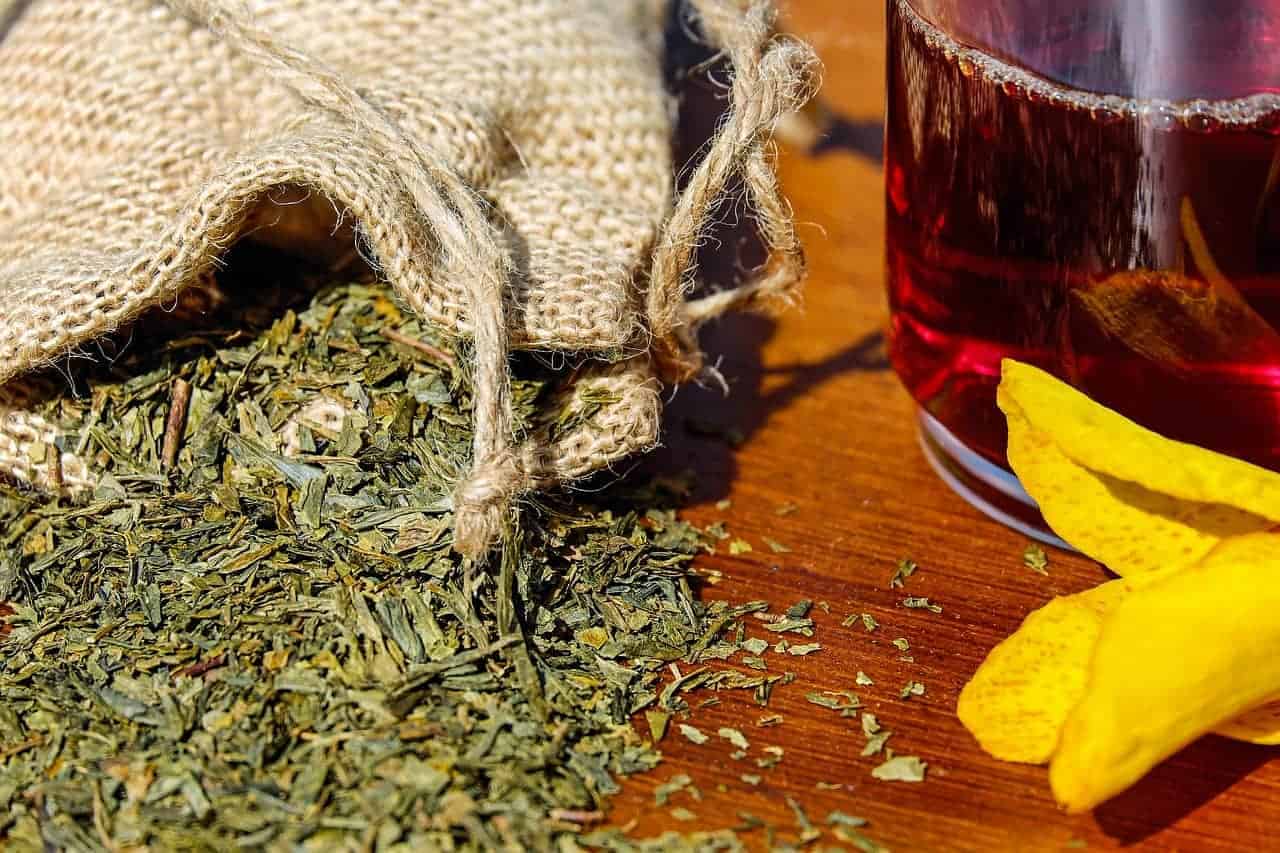
According to our friends at RiverMint Dining, most bush tucker herbs are best eaten fresh. If you’re using them uncooked as a garnish, condiment or a sprinkle, your best bet is to delay harvesting until you’re ready to eat them.
Most of our native herbs range will provide a fresh supply throughout the year. Still, you may find yourself wanting to harvest and prepare several batches ahead of time. Here’s how to preserve Tucker Bush herbs from your own home grown plants.
Fresh Herbs
Freeze leafy herbs to keep them fresh. They’ll go dark and soggy when thawed, but like with other frozen herbs and veggies, you won’t notice the difference if you use them for cooking.
Freezing fresh herbs
- Chop fresh herbs the way you would for cooking.
- Spread the herbs on a metal tray (or a tray covered with foil) and place in freezer for a quick freeze.
- Once herbs are frozen, store them in an airtight container in the freezer.
Freezing fresh herbs in blocks (ideal for gravy, soup and curry)
- Chop fresh herbs the way you would for cooking.
- Measure individual quantities into ice cube trays (eg. 1 teaspoon, 1 tablespoon).
- Top up with water or olive oil and freeze.
Frozen herbs will keep for up to 12 months.
Works for Sea Parsley (Apium prostratum var prostratum), Native River Mint (Mentha australis), Lemon Myrtle (Backhousia citriodora) and Native Lemongrass (Cymbopogon ambiguus).
Dried Herbs
Drying can change herbs quite drastically. Not just in terms of appearance and texture, but flavours too. If you’ve ever tasted dried basil next to fresh basil, you’ll know exactly how it goes. Some bushfood herbs lose their flavour once dried, and will only keep for a few weeks before becoming bland. However, some plants will intensify in flavour, producing bitter overtones or strong, lingering aftertastes.
Sundried or air-dried herbs
- Harvest and wash herbs, pat dry with a clean tea towel.
- Bundle your herbs in small bunches and secure with string or a rubber band.
- Hang in full sun or in a dry spot indoors, protecting from wind and moisture — you can cover each bunch with a paper bag to add extra protection from the elements.
- Unbundle the herbs when they feel crisp and dry to the touch, then crumble, crush or grind them into an airtight storage container.
Drying herbs in the oven
- Preheat oven to 80°C.
- Harvest and wash herbs, pat dry with a clean tea towel.
- Lay herbs onto a baking sheet on tray, and place on the lowest rack in oven.
- Leaving the oven door ajar, allow herbs to ‘bake’ for 1-2 hours, turning them over every half hour, or until they are crisp and dry.
Drying herbs in a dehydrator
- Harvest and wash herbs, pat dry with a clean tea towel.
- Lay herbs onto the trays and set your dehydrator temperature. Check your manual for temperature settings, as they may vary depending on type of herb.
- Allow to dehydrate for 2-4 hours.
Works for Sea Parsley (Apium prostratum var prostratum), Native River Mint (Mentha australis), Lemon Myrtle (Backhousia citriodora), Native Lemongrass (Cymbopogon ambiguus) and Old Man Saltbush (Atriplex nummularia).
